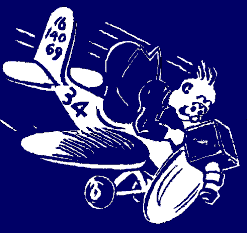

The Second Tactical Air Force was formed as part of the preparation for the invasion of continental Europe in 1944 by 21st Army Group.
RAF support for the Army had, up till then, been provided by Army Cooperation Command. The Command was disbanded on 30th June 1943 and its role taken over by Second Tactical Air Force the following day.
Strategic Photographic Reconnaissance had been carried out for G.H.Q. Home Forces and Army Cooperation Command by 140 Squadron since 1941 and it was realised that the requirements of the British Invasion Forces could not be met by the efforts of only one squadron. It was decided to form a Photographic Reconnaissance Wing which would work for the Headquarters of 21 Army Group and Second Tactical Air Force. This wing took its title, 34 Wing, and some of its Headquarters Staff from that of the outgoing Army Cooperation Command. The new wing which was formed up on 1st July 1943 at Hartford Bridge with the existing 140 Squadron as its focal point and 16 Squadron - a tactical reconnaissance squadron from Army Cooperation Command - to make up the strength.
140 Squadron had been operating the Photographic Reconnaissance version of the Spitfire Mk. V and the plan for the new Wing was to convert 16 Squadron to Spitfires from Mustangs and gradually to re-equip with the more up-to-date Spitfire Mk. XI as these became available. In the meantime 140 Squadron was to be re-equipped with the Photographic Reconnaissance version of the Mosquito, which was suitable for both day and night photography, with B flight to concentrate on the latter.
The new Wing was commanded by Group Captain C.R. Lousada who had been in charge of the old 34 Wing, and he had Peter Stansfeld as Wing Commander in charge of Administration and Sandy Webb, who was commanding 140 Squadron before June 1st, as Wing Commander Operations. His place in 140 Squadron was taken by Richard Bowen from 16 Squadron, leaving Squadron Leader (Mac) Mackie in command of 16 Squadron. No. 4 Air Liaison Section (140 Sqn) amalgamated with No. 1 Air Liaison Section (16 Sqn) and was commanded by Hugh Rigby.
The Wing was expanded in May 1944 with the addition of 69 Squadron. This squadron had been carrying out bombing operations on shipping using Malta as its base. The squadron was re-equipped with Wellington XIII aircraft, stripped of bombing equipment and front turrets. Their sorties involved flying over German lines at night at 800 feet, dropping flash bombs to enable night photography. The rear gun turrets were retained to counter the inevitable ground fire.
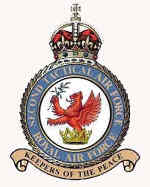 |
Mobile Photographic Sections |
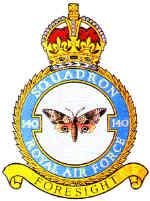 |
John W. Lowrie - A Tribute (external
link) |
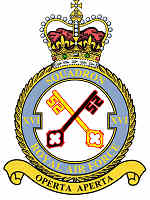 |
"One Flight Too Many" by Jimmy Taylor (external link to book seller)
|
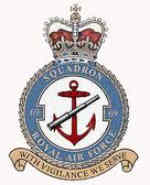 |
|
Page revised 10 December 2012